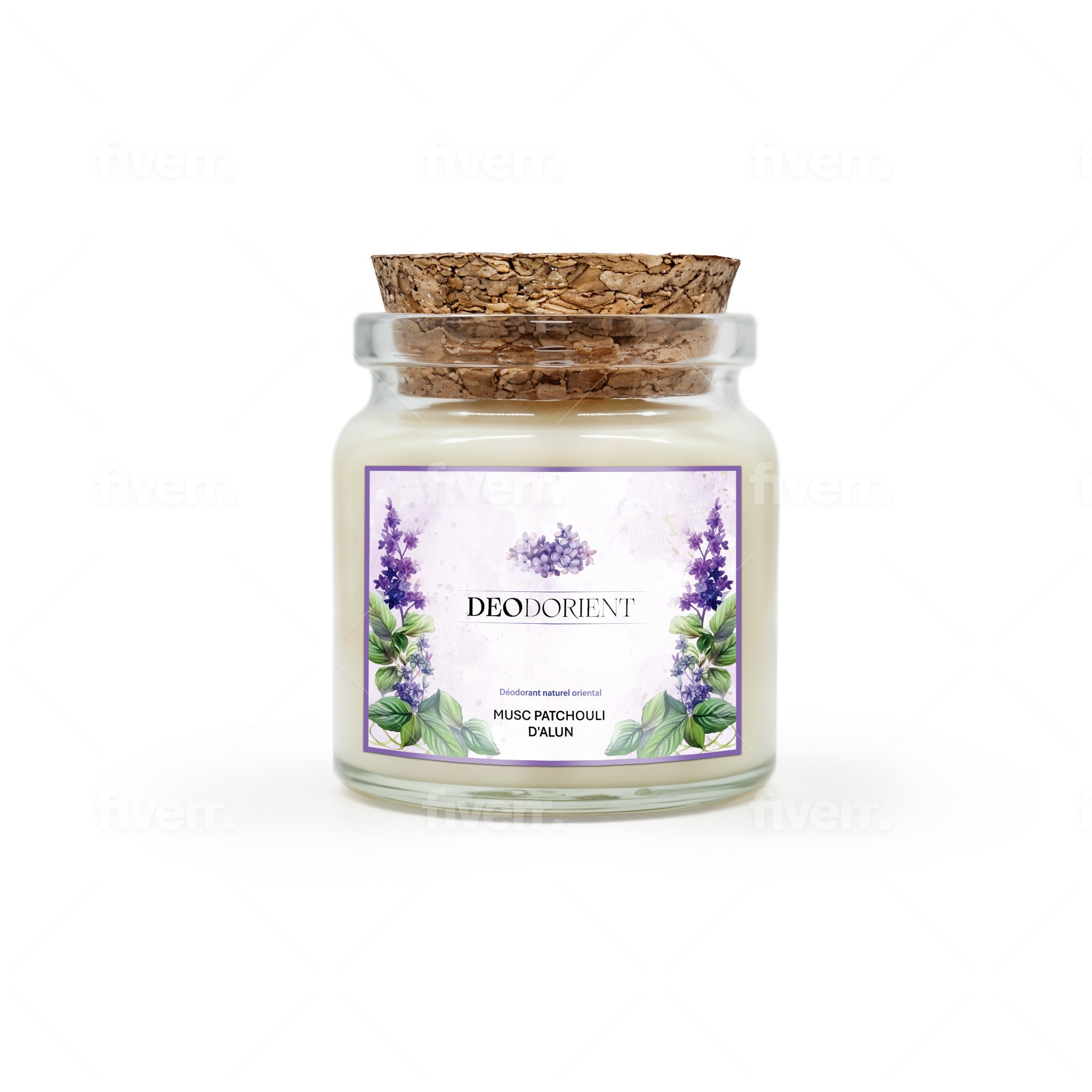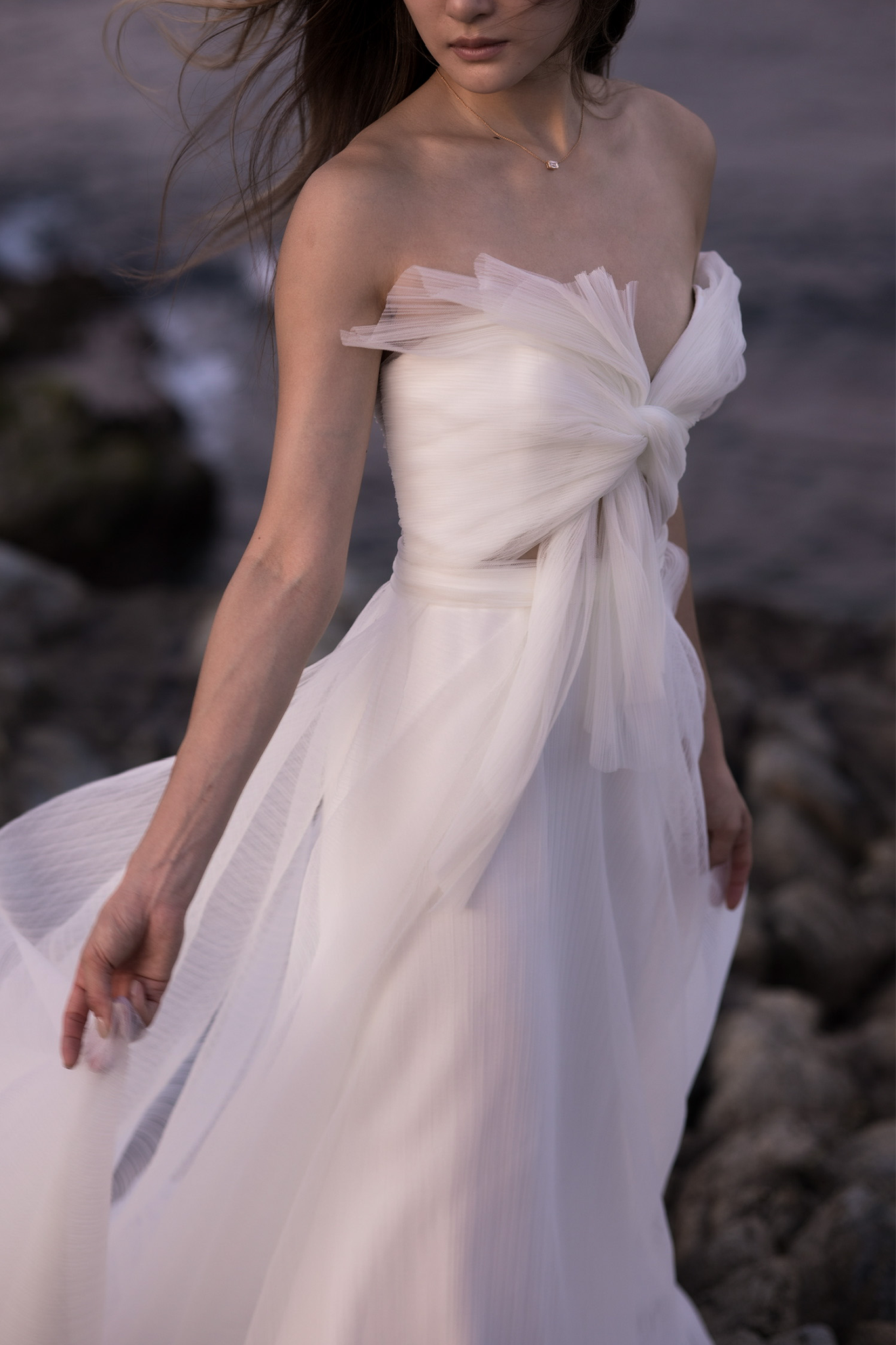Gambling has long been a part of South Korea's cultural fabric, shaping not only the entertainment landscape but also influencing social interactions, economic behaviors, and even traditional values. From historical forms of gambling to the modern-day online gambling scene, it has had a significant impact on how Koreans view risk, luck, and fortune. In this article, we delve into the deep cultural significance of gambling in Korea and how it has evolved over the years, shaping both the individual and collective psyche.
Traditional Forms of Gambling in Korea
Historically, gambling in Korea was closely tied to the country’s agricultural roots and communal life. Traditional forms of gambling often took place during festivals and harvest seasons when families and communities would gather to celebrate and unwind. Games like Hwatu (a Korean card game) and Go-Stop were popular during these gatherings, often serving as both entertainment and a way for people to test their luck.
Hwatu, a card game that dates back centuries, was more than just a game; it was a social event, a way for people to connect with each other and bond over shared experiences. In rural areas, it was common to play in groups, with participants betting small amounts on the outcome of the cards. Similarly, during the lunar new year festivities, various gambling games were played to mark the occasion and to symbolically "invite luck" for the year ahead.
While these games were usually low-stakes affairs, they represented a belief in fate and fortune—an idea that continues to influence modern Korean gambling practices. Even today, games like Hwatu remain popular among older generations, serving as a cultural link to Korea’s gambling past.
The Influence of Korean Society on Modern Gambling
As South Korea rapidly modernized, particularly in the latter half of the 20th century, the landscape of gambling shifted. The government’s restrictions on most forms of gambling meant that citizens sought alternatives, leading to the growth of underground gambling activities. This, combined with the rise of South Korea’s economic boom, fueled a growing interest in more organized and large-scale gambling establishments.
The cultural significance of gambling in modern Korea lies in its integration into daily life. Whether in the form of casual betting, lotteries, or online gambling, it has become part of the national identity for many people. The allure of gambling reflects deeper cultural traits of ambition, luck, and the desire for quick rewards. The idea of achieving wealth through skill or fortune is deeply embedded in the psyche of many South Koreans, and this translates to the appeal of gambling.
However, the stigma surrounding gambling addiction is also significant. South Korea’s Confucian values emphasize responsibility, respect for family, and moral integrity, which means that gambling can be seen as morally questionable or disruptive if taken too far. This creates a paradox where gambling is both socially accepted as a form of entertainment but also stigmatized when it crosses into addiction.
In fact, there have been numerous public health campaigns designed to raise awareness about gambling addiction, particularly targeting young adults who may be more susceptible to the thrill of online gambling. The government has put systems in place to monitor gambling behavior and to help those who fall victim to gambling addiction.
The Role of Online Gambling and Digital Platforms
As the world increasingly shifts towards digital platforms, gambling in South Korea has evolved in tandem. Online casinos, sports betting websites, and even mobile apps have become an integral part of the gambling scene. The digital realm allows Koreans to access a wide variety of gambling activities from the comfort of their homes.
The rise of online gambling has had a significant impact on how gambling is perceived in Korean culture. In the past, gambling was often tied to physical spaces like casinos or betting houses, where individuals would meet in person and socialize. Today, the anonymity provided by online platforms has led to a more solitary gambling experience.
Moreover, the introduction of cryptocurrency in the gambling world has made it easier for Koreans to gamble securely and discreetly. Digital currencies offer a layer of anonymity, allowing players to engage in gambling activities without revealing their identity. This has particularly resonated with younger generations who are increasingly tech-savvy and prefer to engage in online gambling from the privacy of their homes.
The government has had to step up its regulation of online gambling to protect citizens from fraudulent activities. The need for robust measures to prevent scams has led to the emergence of organizations such as Muktu Police, which help monitor online gambling sites and safeguard players from potential scams.
Gambling and Economic Impact in Korea
The economic significance of gambling in South Korea cannot be ignored. While most forms of gambling remain heavily regulated or illegal, the government has created legal channels such as the Korean Lottery and Korea Racing Authority (KRA) to ensure that the industry remains profitable while minimizing its negative social impact. The Korean National Lottery, for example, has become a major source of revenue for the government, with a portion of the proceeds directed towards welfare programs and public infrastructure.
In addition, the tourism sector in South Korea has benefited from legalized gambling. There are several casinos operating within the country that cater to foreign tourists, generating significant income for the country. However, for Korean citizens, access to casinos is restricted, with only a few venues legally allowing locals to gamble.
The economic dynamics surrounding gambling are complex, as the benefits from tourism and legal gambling need to be balanced against the societal costs of gambling addiction. South Korea’s government continues to debate whether to open up more gambling opportunities to locals, especially as the industry’s economic potential grows.
Gambling and Social Perception
The perception of gambling in Korean society is marked by contradictions. On one hand, it is seen as an exciting and glamorous activity associated with big wins and the possibility of a better life. On the other hand, it is also seen as a dangerous pastime that can lead to financial ruin and family breakdowns. This duality creates a tension between the desire to participate in gambling for the thrill and the caution against falling into addiction.
The depiction of gambling in Korean popular culture often highlights these contrasting perceptions. In films, TV dramas, and even in advertisements, gambling is portrayed as a high-stakes activity that can lead to both great rewards and devastating consequences. These portrayals help shape public attitudes toward gambling, reinforcing both its allure and its dangers.
In some cases, gambling is associated with a sense of social rebellion, particularly among the younger generation. Many young people engage in online gambling as a form of escapism or as a way to test their luck against the odds. The thrill of winning, or even the idea of a life-changing jackpot, can be a powerful motivator for those seeking a way out of financial difficulties or who want to experience the rush of a high-risk endeavor.
Gambling and the Korean Family Structure
The impact of gambling on the Korean family structure is another important aspect of its cultural significance. Family plays a central role in Korean society, with strong expectations placed on individuals to care for their parents and maintain family honor. Gambling, particularly when it leads to addiction, can disrupt family harmony and cause financial hardship.
For this reason, many families view gambling with a sense of caution and disapproval. Parents often discourage their children from engaging in gambling activities, warning them about the risks and consequences of addiction. However, gambling is also seen as a way to "make it big," offering a form of rebellion against traditional societal norms.
This tension between traditional values and the appeal of gambling often plays out in the dynamics of Korean households, with younger generations drawn to the excitement of gambling and older generations warning against the potential damage to family and personal relationships.
The cultural significance of gambling in Korea is a complex and multi-faceted issue. It is both a reflection of the country’s rich history and a symbol of modern societal challenges. From its roots in traditional games to the rise of digital platforms and its role in the economy, gambling continues to shape the lives of many South Koreans. As the country continues to grapple with the social and economic implications of gambling, it remains an integral part of the Korean cultural landscape.




